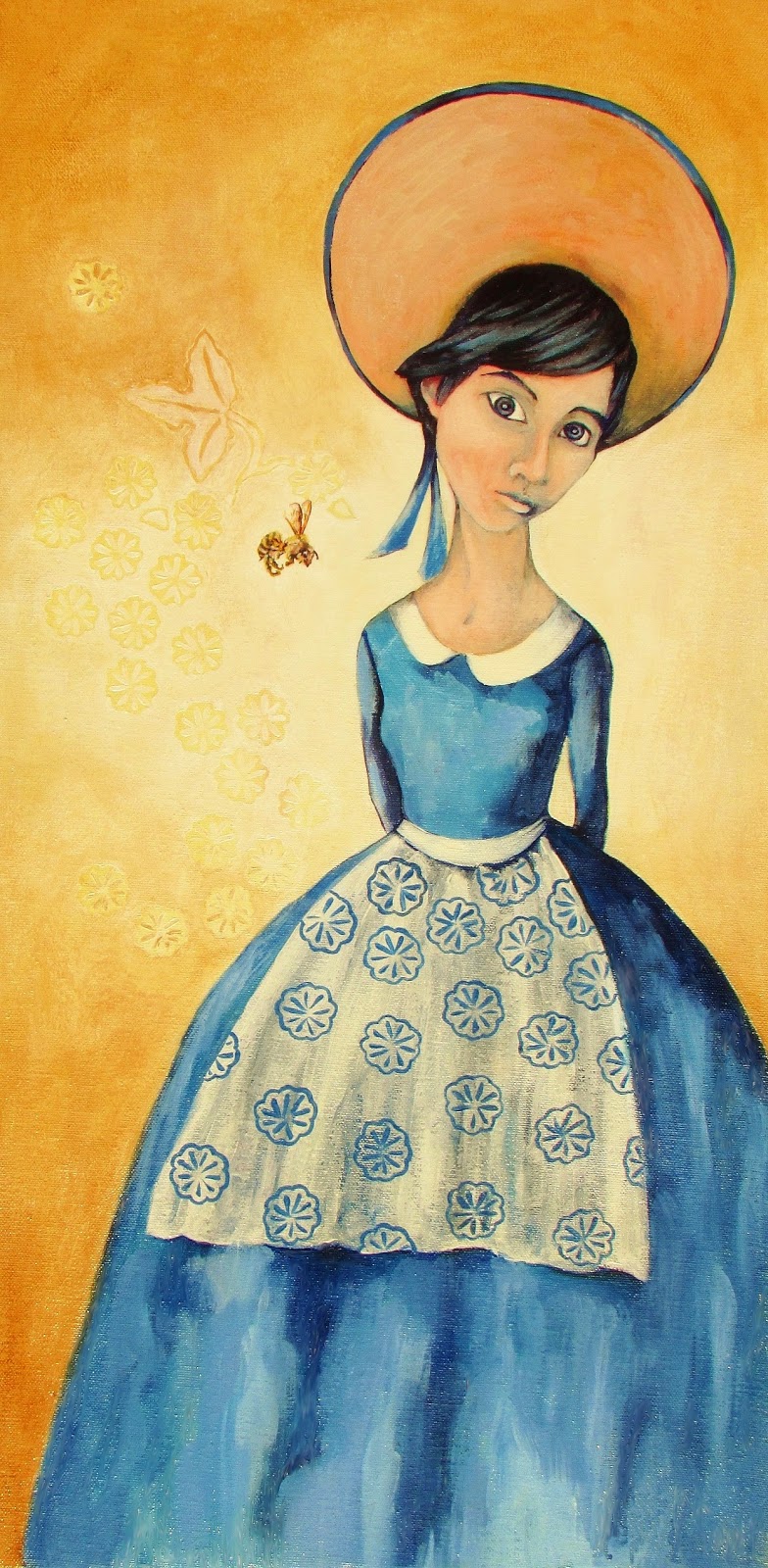There is a philosophy in the Art Education world that if you demonstrate how to draw or paint something to students that then they will draw or paint like you and will not develop their own style. Imagine you are in a Calculus class and the teacher writes a formula on the board, tells you what the formula is for, then asks you to solve it using x number of variables and numbers. The teacher does not demonstrate or work through any examples just tells you to figure it out. Would you be able to do it? Perhaps eventually with much trial and error and time spent in frustration not understanding what to do. The same applies to understand the art medium. I don't know how many art classes I took from High School to College where the teachers would tell us to draw or paint something, give us perimeters and maybe a few pointers then set us loose to figure it out. They would not demonstrate anything unless we begged them and then they just demonstrated usually a small technique. It was terribly frustrating but I can say that when a teacher would demonstrate the rate of my progress and learning would exponentially increase. And of course students will primarily copy you and their work make look similar to your own but they are individuals with their own dreams and aspirations and will diversify sooner than later but their progress will be much greater and much quicker.
High School Art has its own challenges as the majority of them do not understand even the most basic principles and techniques. Not only that but attention spans are short and so demonstrations must be kept short as well and broken down into segments if needed. The following images are from the watercolor demonstration I did for the students a little bit each day.
We talked about first how to create washes, wet and dry techniques, and layering from light to dark.
We talked about keeping the color simple at first and continuing to add washed slowly darkening the pigmemt
We discussed adding in additional colors in broad shapes, adding further washes, and beginning only now to add is broad details.
Refining shapes, and adding more washes with darker pigments to punch in those darks that bring it to life.
Finishing by punching the darks to the final step, refining shapes, and adding in the last layer of details.
As the students worked on their own paintings you could clearly see that many of them quickly picked up the concept of creating washes, some quickly understood painting light to dark, and others quickly picked up on the difference between wet and dry painting. This kind of progress would not have been made if I had simply turned them loose with the paint.























